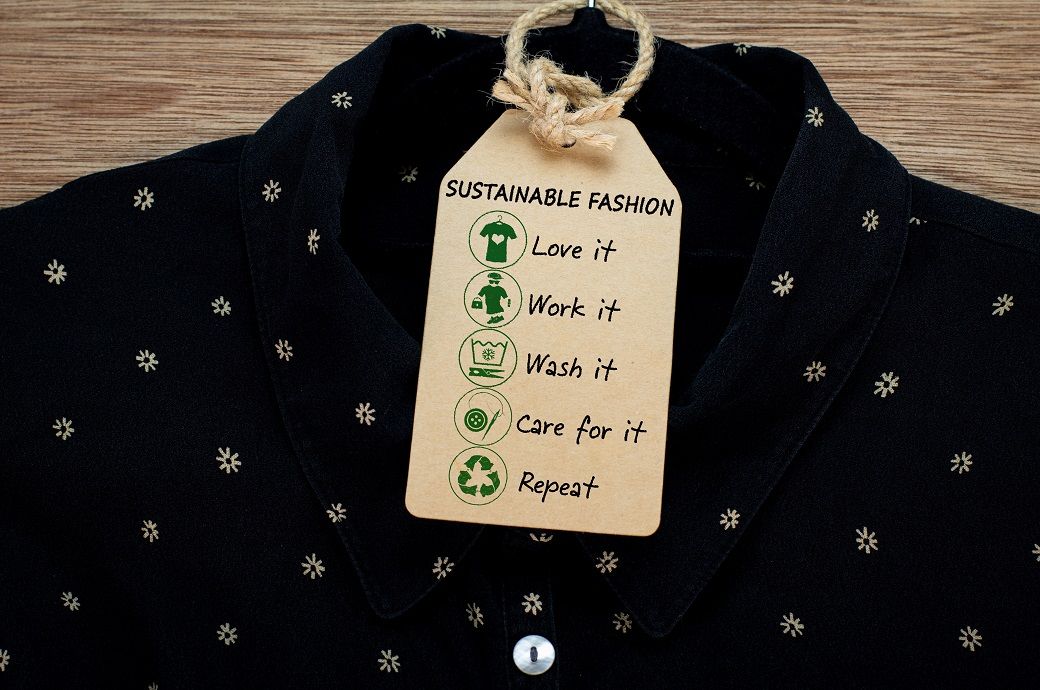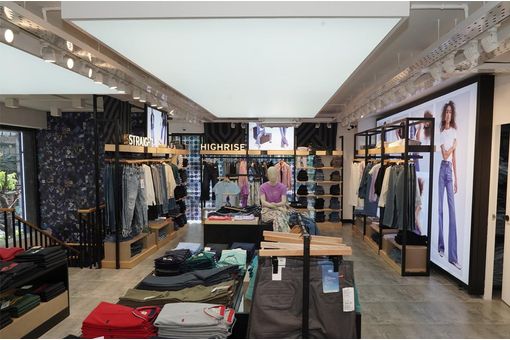Only 15% global fashion consumers make sustainable buying decisions

The ‘How Brands Can Embrace the Sustainable Fashion Opportunity’ report by Bain & Company and the World Wildlife Fund (WWF), which examines consumer behaviours related to sustainability and fashion, shows that of the nearly 5,900 fashion consumers across six countries (China, France, Germany, Italy, Japan, the United Kingdom, the United States) that Bain surveyed, approximately 65 per cent said they care about the environment, but only some regularly prioritise sustainability in their shopping.
Bain and WWF have identified five personas of global fashion consumers with well-defined socio-demographic profiles and behaviours. The personas exist along a spectrum that measures consumers’ concern about sustainability, their willingness to take action, and their actual behaviour.
Sustainability champions are highly concerned about the environment and regularly buy sustainable apparel. Their intentions and actions are aligned, and those consumers are willing to pay a very significant premium price (84 per cent) to access sustainable products.
Idealists mainly belong to the millennial generation. They show a high level of concern for the environment but hardly ever purchase sustainable fashion goods.
Good citizens mainly comprise millennials and Gen Z consumers, who usually gather information from in-store displays, social media, and brand websites. They are willing to pay a less significant premium price (64 per cent) for sustainable products.
Shoppers, which are Gen X and older consumers, usually acquire their information from in-store displays and word of mouth. They are willing (sometimes) to engage in sustainable behaviour.
Indifferent consumers are not concerned about sustainability and seldom factor it into their purchasing decisions.
Despite being among the top six purchase drivers for most global fashion customers, sustainability is an explicitly lower priority than other, more tangible factors closely related to sustainability, such as product quality and durability, added the report.
The report also examines obstacles that consumers face if they wish to purchase sustainably: assortments are often limited, and it can be difficult to distinguish between sustainable and non-sustainable items, a challenge which increases with age. These barriers were consistent among every generation of fashion consumers. Younger consumers said that higher prices were a deterrent, too.
“The fashion industry is highly dependent on nature and biodiversity. A great deal of the raw materials used in fashion and to make textiles come from nature, and the production and processing of these materials wouldn’t be possible without natural resources like water. But despite all of these dependencies, the industry’s practices are responsible for many damaging impacts to nature that put the sector’s survival at risk,” said Payal Luthra, global apparel and textiles lead at WWF.
Fibre2Fashion News Desk (NB)
































-Ltd..jpg?tr=w-120,h-60,c-at_max,cm-pad_resize,bg-ffffff)





.jpg?tr=w-120,h-60,c-at_max,cm-pad_resize,bg-ffffff)
.jpg?tr=w-120,h-60,c-at_max,cm-pad_resize,bg-ffffff)






